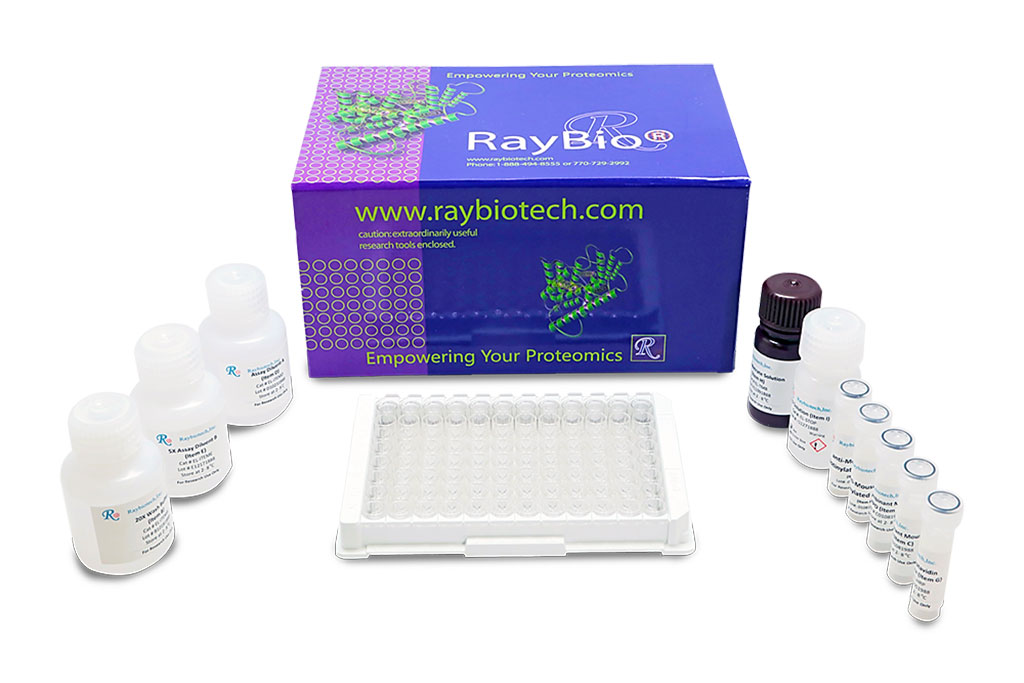Serum Catestatin Level Is Increased in Women with Preeclampsia
By LabMedica International staff writers
Posted on 24 May 2021
Preeclampsia is a pregnancy complication characterized by high blood pressure and signs of damage to another organ system, most often the liver and kidneys. Preeclampsia usually begins after 20 weeks of pregnancy in women whose blood pressure had been normal. Posted on 24 May 2021
Catestatin is a cationic and hydrophobic peptide that can stimulate histamine release from mast cells and exhibits potent catecholamine release-inhibitory activity. Catestatin can inhibit catecholamine release from chromaffin cells and adrenergic neurons. Catestatin can also have a strong vasodilator effect. This may be useful in understanding the pathophysiology of preeclampsia and its treatment.

Image: An enzyme immunoassay for human serum catestatin (Photo courtesy of RayBiotech)
Medical Scientists at the Istanbul University-Cerrahpas (Istanbul, Turkey) and their international colleagues investigated the serum catestatin levels in pregnant women with and without preeclampsia. They evaluated 50 consecutive women with mild preeclampsia, 50 consecutive women with severe preeclampsia, and 100 consecutive pregnant women with a gestational age-matched (±1 week) uncomplicated pregnancy in a cross-sectional study.
The team reported that the mean serum catestatin was significantly increased in the preeclampsia group compared to the control group (290.7 ± 95.5 pg/mL versus 182.8 ± 72.0 pg/mL). Mean serum catestatin was comparable in mild and severe preeclampsia groups (282.7 ± 97.9 pg/mL versus 298.7 ± 93.4 pg/mL). Serum catestatin levels had positive correlations with systolic and diastolic blood pressure, urea, uric acid, and creatinine. In conclusion, serum catestatin levels are increased in preeclamptic pregnancies compared to gestational age-matched controls.
The authors concluded that serum catestatin levels were found to be correlated with clinical and laboratory data of preeclampsia. This highlights the importance of chromaffin cell secretions in the adrenal medulla in preeclampsia. This study will help understand the role of the adrenal medulla in the autonomic nervous system dysregulation in preeclampsia. Also, control of serum catestatin levels may support the treatment of hypertension in preeclampsia. The study was published in the May, 2021 issue of the Journal of Obstetrics and Gynaecology.
Related Links:
Istanbul University-Cerrahpas














